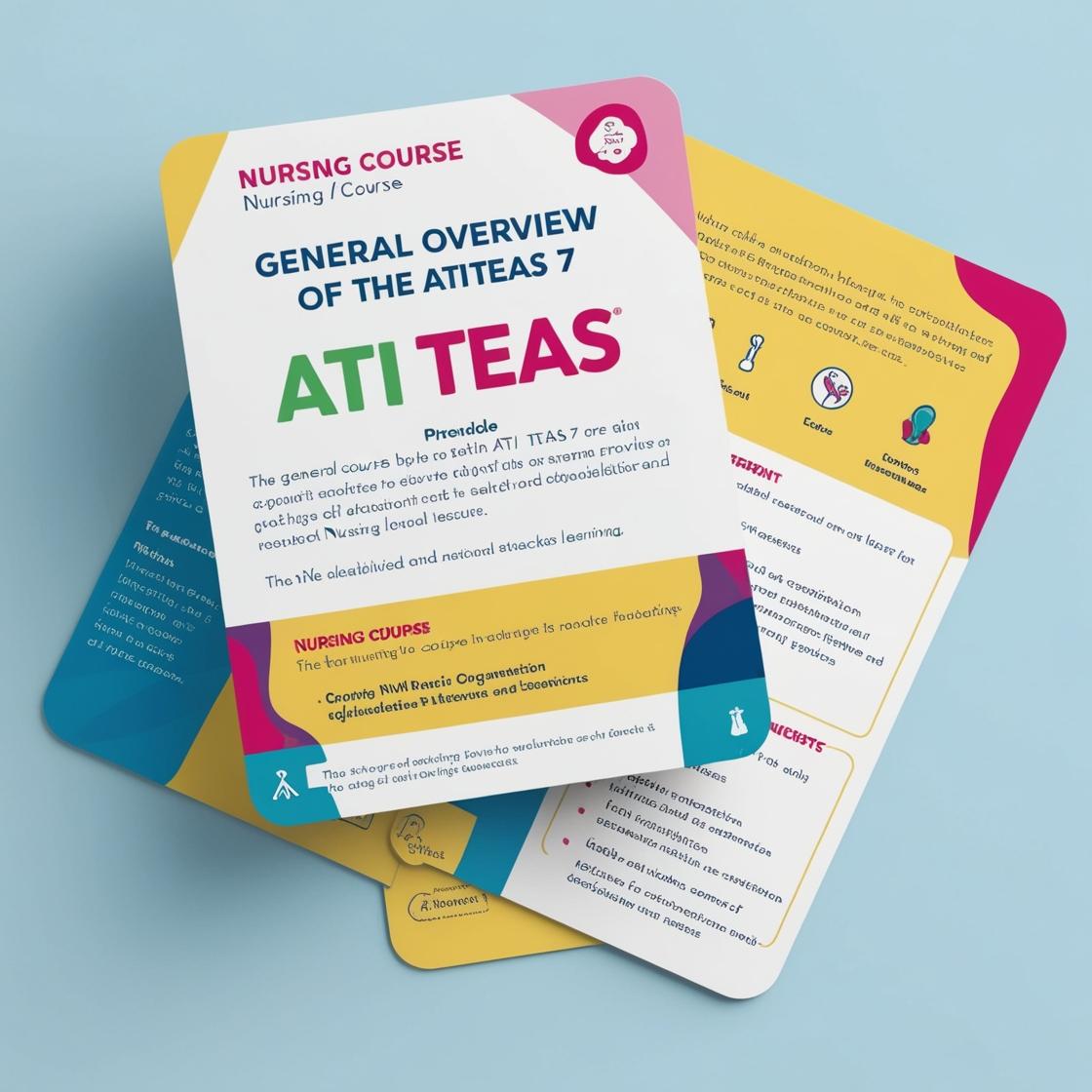ATI TEAS 7
TEAS 7 Math Practice Test
1. Simplify the following expression: 5 x 3 ÷ 9 x 4
- A. 5/12
- B. 8/13
- C. 20/27
- D. 47/36
Correct answer: A
Rationale: To simplify the expression 5 x 3 ÷ 9 x 4, first perform the multiplications and divisions from left to right: 5 x 3 = 15 and 9 x 4 = 36. So, the expression becomes 15 ÷ 36. When dividing fractions, multiply the first fraction by the reciprocal of the second fraction. Hence, 15 ÷ 36 = 15/36. To simplify the fraction further, find the greatest common divisor, which is 3. Divide both the numerator and denominator by 3 to get the final result: 15/36 = 5/12. Therefore, the correct answer is A. Choices B, C, and D are incorrect because they do not represent the correct simplification of the given expression.
2. A can has a radius of 1.5 inches and a height of 3 inches. Which of the following best represents the volume of the can?
- A. 17.2 in³
- B. 19.4 in³
- C. 21.2 in³
- D. 23.4 in³
Correct answer: C
Rationale: The volume of a cylinder is calculated using the formula V = πr²h, where r is the radius and h is the height. Substituting the given values (r = 1.5 inches, h = 3 inches) into the formula yields V ≈ 21.2 in³. Therefore, the correct answer is C. Choice A, 17.2 in³, is incorrect as it does not correspond to the correct calculation. Choice B, 19.4 in³, is also incorrect and does not match the calculated volume. Choice D, 23.4 in³, is not the correct volume obtained when using the provided dimensions in the formula for the volume of a cylinder.
3. One roommate is saving to buy a house, so each month, he puts money aside in a special house savings account. The ratio of his monthly house savings to his rent is 1:3. If he pays $270 per month in rent, how much money does he put into his house savings account each month?
- A. $90
- B. $270
- C. $730
- D. $810
Correct answer: A
Rationale: The ratio of his savings to his rent is 1:3, which means that for every $3 he pays in rent, he saves $1 for the purchase of a house. To calculate the amount saved, divide $270 by 3: $270 ÷ 3 = $90. Therefore, he puts $90 into his house savings account each month. Choice B, $270, is incorrect because that is the amount he pays in rent, not the amount saved. Choices C and D, $730 and $810, are incorrect as they do not align with the 1:3 ratio described in the question.
4. In a study on anorexia, 100 patients participated. Among them, 70% were women, and 10% of the men were overweight as children. How many male patients in the study were not overweight as children?
- A. 3
- B. 10
- C. 27
- D. 30
Correct answer: C
Rationale: Out of the 100 patients, 30% were men. Since 10% of the men were overweight as children, 90% of the male patients were not overweight. Therefore, the number of male patients not overweight as children can be calculated as 30 (total male patients) x 0.90 = 27. Choices A, B, and D are incorrect because they do not accurately calculate the number of male patients who were not overweight as children based on the given information.
5. Two even integers and one odd integer are multiplied together. Which of the following could be their product?
- A. 3.75
- B. 9
- C. 16.2
- D. 24
Correct answer: D
Rationale: When multiplying two even integers and one odd integer, the product will always be even. This is because multiplying any number of even integers will always result in an even number. Therefore, the only possible product from the given options is 24, as it is the only even number listed. Choices A, B, and C are incorrect as they are all odd numbers, and the product of two even integers and one odd integer will never result in an odd number.
Similar Questions

Access More Features
ATI TEAS Premium Plus
$149.99/ 90 days
- Actual ATI TEAS 7 Questions
- 3,000 questions with answers
- 90 days access
ATI TEAS Basic
$99/ 30 days
- 3,000 Questions with answers
- 30 days access
